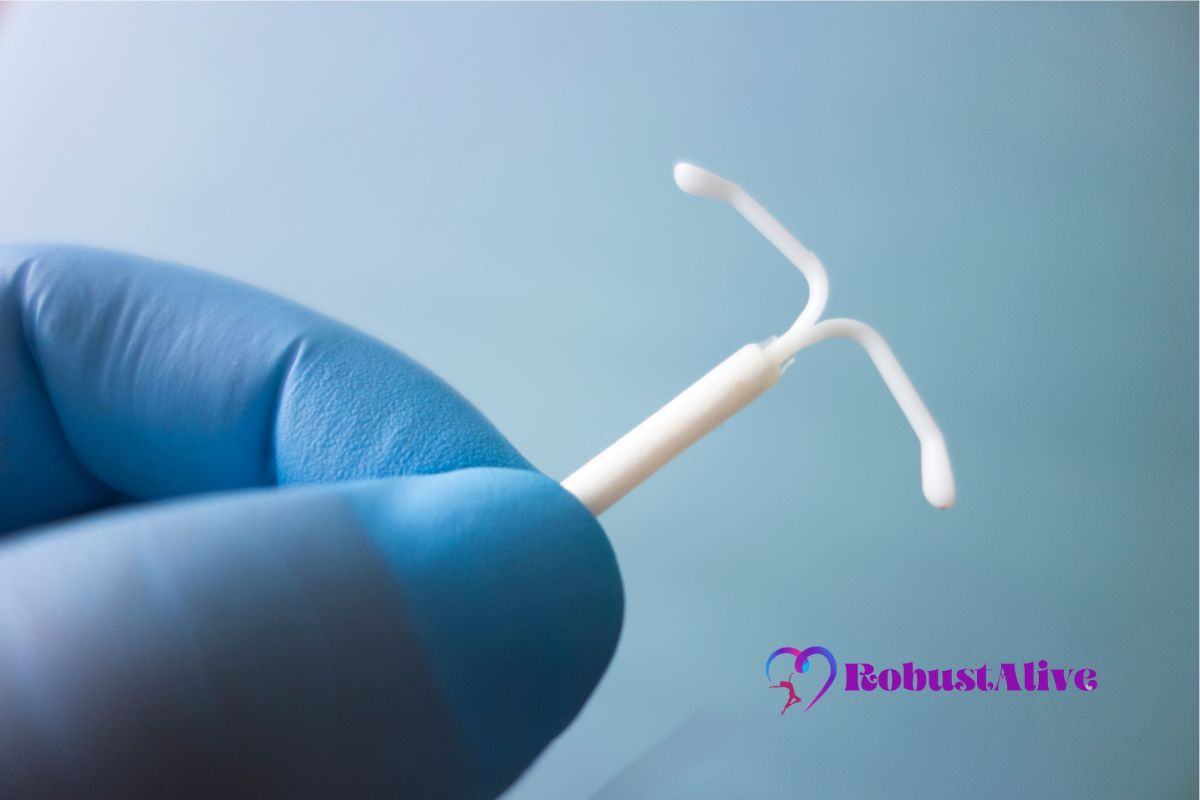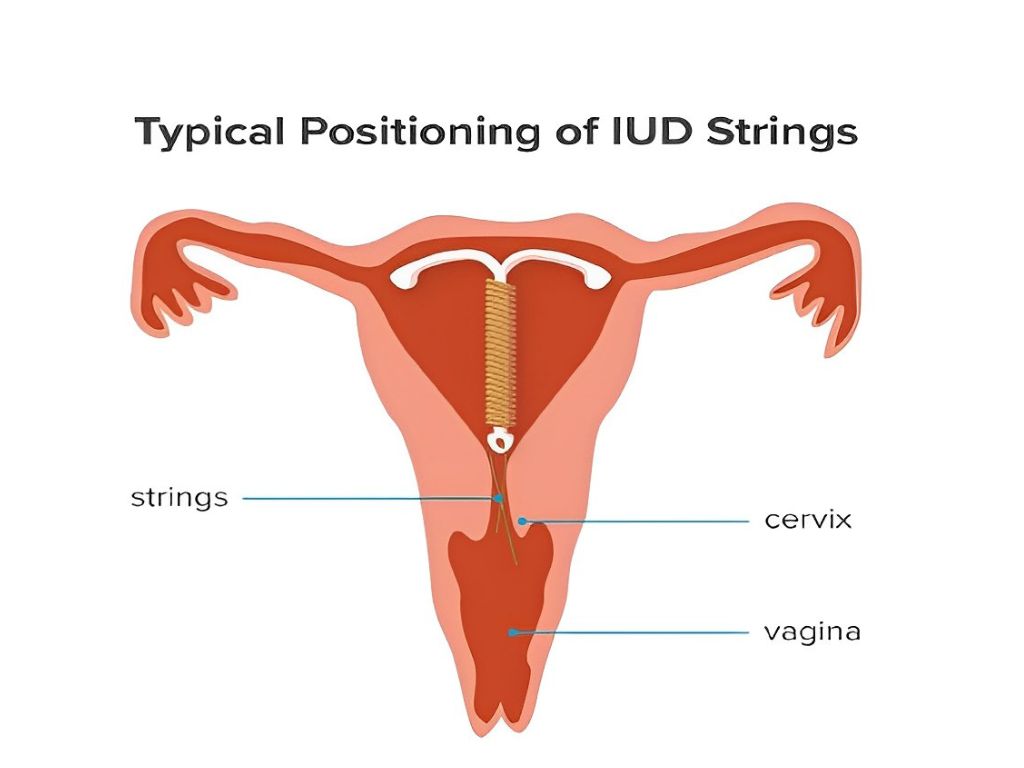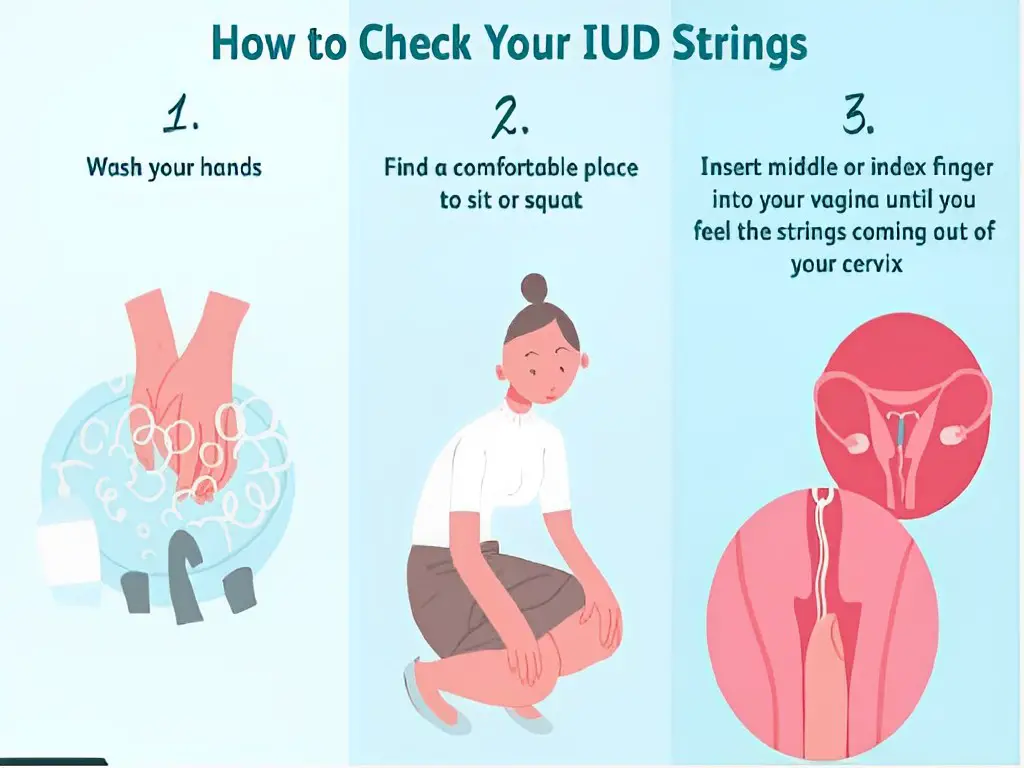IUD Strings Longer During Period: What Causes It & How to Fix It?

Intrauterine devices (IUDs) have gained popularity as a reliable method of birth control. More than 168 million women use it globally. Although their advantages are generally known, there are still problems and issues regarding how they work and their adverse effects. The longness of this type of IUD strings during menstruation is a common fact to be concerned about.
Several causes make the IUD string longer, including hormone and cervix position changes. During menstruation, the cervix is lower and slightly more open. It makes the Intrauterine devices strings easier to see or feel. However, this is common and sometimes indicates issues with the IUD’s positioning or functionality.
In this article, we will first discuss how the cervix and uterus change during menstruation. Then share how these changes may cause the device strings to get longer during a period. Finally, share the consequences of these issues.
IUD Strings Longer During Period
When someone with an IUD has a period, a common question may be asked: can the IUD strings feel longer during the period? Surprisingly, it happens.
Intrauterine device strings that are longer may get displaced. To learn what causes the displacement of the device during the period, you should first understand a few things, such as type, cervix condition, and symptoms of contraceptive device string displacement.

Image Source: Medical News Today
Condition of cervix during period
IUDs are placed into the uterus through the cervix. Two strings attach to the contraceptive device. Those hang down through the cervix into the vagina. However, you may ask why my IUD lines feel longer on my period is typical.
Let me tell you, when the period starts, commonly, the cervix becomes low, complex, and slightly open to allow the blood to flow out. At that time, there is a chance of IUDs coming out. Consequently, you will feel the strings in the vaginal area more than usual and feel longer.
Type of IUD and causes of longer IUD string
There are two types of IUDs available.
- Hormonal Intrauterine devices
- Copper Intrauterine devices
Both the intrauterine contraceptive devices can be displaced due to below reasons:
- Uterine Contraction: The uterus may contract during menstruation or intercourse. It causes the IUD to shift or move.
- Incorrect placement: Perfect placement during the insertion of an IUD is essential. If placement is wrong, it’s evident that the device will be moved or shifted.
- Genital tract infection: sometimes, contraceptive devices are expelled due to infection of the genital tract. The infections are commonly yeast infections or vaginosis infections.
- Size and shape of the uterus: women with an abnormal uterus shape experience IUD displacement. According to the National Institute of Health, the dimension of an adult female uterus should be 8 cm long, 5 cm across, and 4 cm thick.
- Timing of insertion: sometimes, intrauterine contraceptive devices are inserted immediately after childbirth. There is a high chance that the uterus will expel the device. Inserting an IUD after delivery should take at least four weeks to avoid this problem.
Symptoms of IUD string Longines
Besides the change in the string length, a displacement of the device may cause the following signs and symptoms
- you may feel the device with your fingers.
- Your partner may think during intercourse
- Excessive bleeding and menstrual cramping during a period or spotting before or after a period.
- You may experience extreme abdominal pain, cramping, back pain, and discomfort.
- Foul smelling with unpleasant vaginal discharge,
- Fever.
How Can I Understand That My IUD Gets Longer During This Period?
Intrauterine contraceptive device strings will likely be displaced during the period; therefore, you should check if your intrauterine device is displaced after every period. So you need to follow the steps to know how you check whether the IUD gets longer.
- Step 1: trim your nails and wash your hand
- Step 2: sit or squat
- Step 3: insert your finger into the vagina
- Step 4: try to insert your finger until your finger reaches the tip of the cervix
- Step 5: try to feel the string, if it is supposed to come out or not
Point to be noted, don’t pull or tag on the string.

Image Source: VeryWell Health
Health Risks of Having IUD String Longer
Intrauterine device string Longines are common, but Is it normal for IUD strings to feel longer during this period? A longer IUD string indicates that the device may get moved. When the string becomes long, there will be a chance of getting pregnant. Otherwise, having a string longer than average does not typically pose a serious health risk. However, it’s better to check with a health provider to avoid confusion.
What to Do If Your IUD Strings Are Too Long?
The length of the IUD string varies on several factors. However, when the strings get long, immediately consult your doctor. The doctor will evaluate the intrauterine contraceptive device position through ultrasound. If the position is ok, they visualize the cervix through a speculum. Then trim the strings to a comfortable length with a specialized tool.
Now what to do if the IUD gets out of place? Don’t worry! Do the same. Visit your healthcare professional. If they find the alignment improper, they will remove and replace it.
Frequently Asked Questions (FAQs)
-
Can I cut my IUD string?
No. Definitely not. It would help if you had special equipment and years of experience to cut the IUD string. Trimming it by yourself will be risky as the vaginal area is one of the body’s most sensitive parts. Doing so by yourself increases the risk of displacement of this contraceptive device and infection.
-
How often should I check the length of my IUD strings?
It is recommended to check your IUD every month after the menstrual period. The evaluation will ensure that it is still in place and functioning correctly.
-
How long should IUD strings be
These strings are about 2 inches long, just long enough over the tip of your finger to feel them.
-
Which IUD is more effective?
According to the Centers for Disease Control and Prevention (CDC), the failure rate for copper IUDs is .8%. On the contrary, the failure rate for hormonal intrauterine devices is 0.1% to 0.4%. It’s obvious to say that both of the IUDs are effective.
-
How long does a copper IUD last?
According to a study by Oxford University Hospital, copper IUD lasts 5-10 years or more depending on the brand and your age at the fitting time.
Conclusion
Your question was, do IUD strings longer during period? We hope now it’s clear to you. A lengthier string during menstruation is usually nothing to worry about. Nevertheless, you should contact your doctor to ensure the contraceptive device is secured adequately if you can’t feel the strings or if they feel shorter or longer than usual.
You can ensure you’re utilizing this highly effective method of birth control safely and successfully by remaining informed and taking steps to monitor your contraceptive device.





